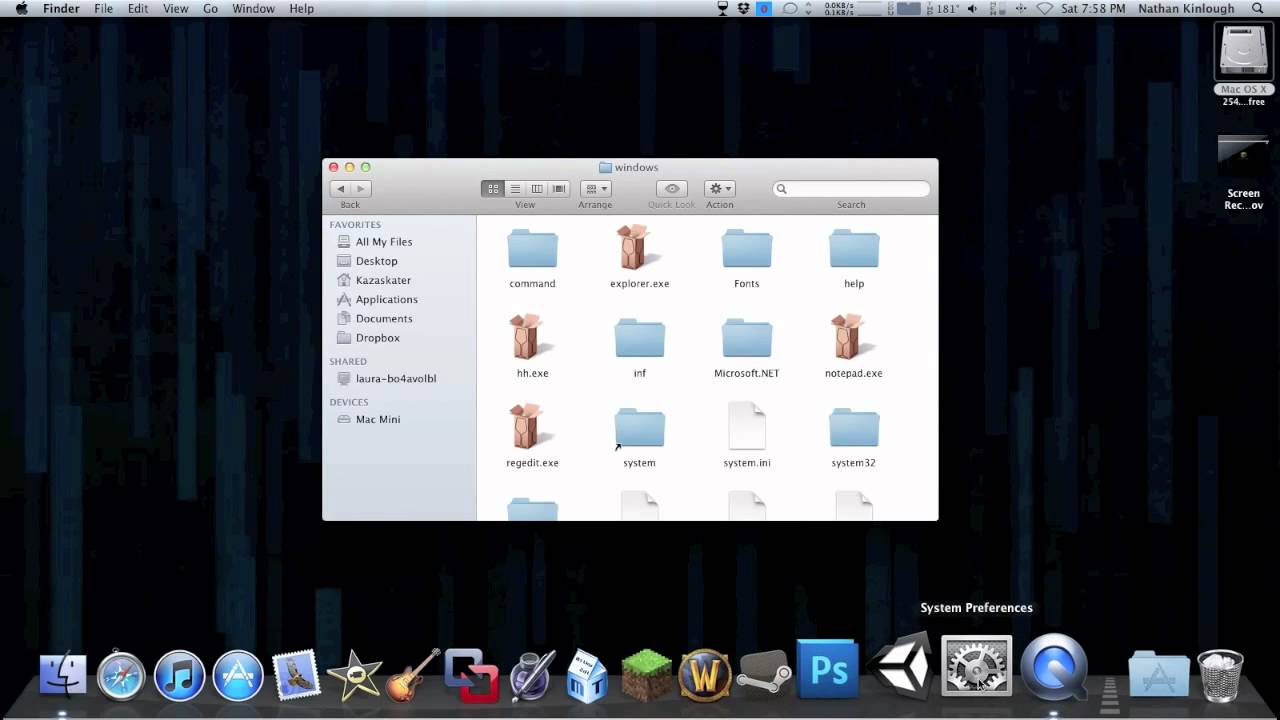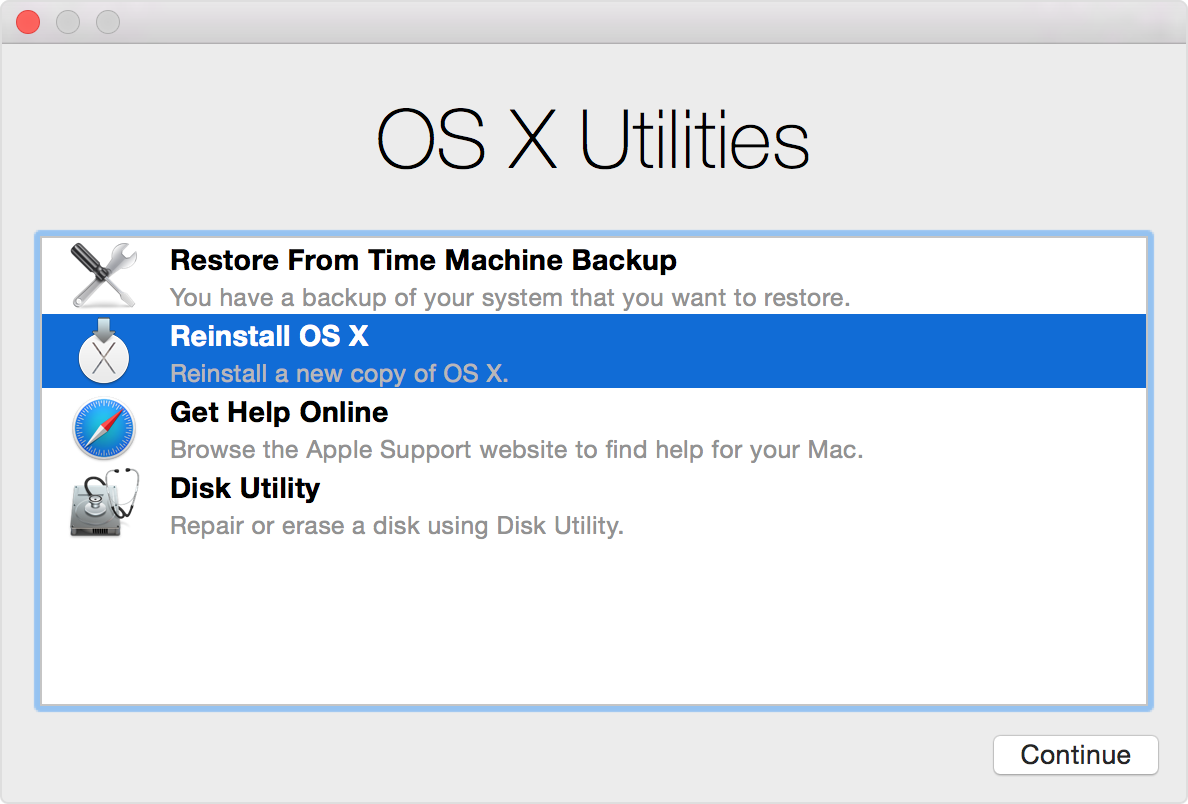

- #Mac os 10.4.11 target disk mode mac os x#
- #Mac os 10.4.11 target disk mode install#
- #Mac os 10.4.11 target disk mode drivers#
- #Mac os 10.4.11 target disk mode update#
- #Mac os 10.4.11 target disk mode full#
This will open the corresponding “About this Update” document.
#Mac os 10.4.11 target disk mode mac os x#
To review detailed information about the changes to Mac OS X included in a specific Update, click the link in the Description column corresponding to the desired Update.
#Mac os 10.4.11 target disk mode update#
To access the page from which you download a Standalone Update, click the link in the Update column corresponding to the desired Update. If you burn a Standalone Update to CD, its disk image must be copied to your desktop or another location on your Mac OS X startup disk in order to be installed. Standalone Updates are generally available 24 to 48 hours after the Update is available through Software Update. For example, the Mac OS X 10.2.4 Combo Update updates any earlier version of Mac OS X 10.2 to Mac OS X 10.2.4 using a single installer, as opposed to installing the individual Mac OS X 10.2.1, 10.2.2, 10.2.3, and 10.2.4 updates.
#Mac os 10.4.11 target disk mode install#
Download the one(s) you need and install them after mounting the disk image and launching the Installer program. Standalone Updates let you update to a newer version of Mac OS X from your hard drive instead of using Software Update, which requires an Internet connection. Tiger is immune to the “goto fail” bug discovered in early 2014. The following Macs were supported in OS X 10.3 but not 10.4: beige Power Mac G3, tray-loading iMacs (which can run it via an unsupported installation), and the Lombard PowerBook G3 (which can also run it via an unsupported installation). See Installing OS X 10.4 Tiger on DVD-Challenged Macs Using FireWire Target Disk Mode and Using FireWire Target Disk Mode to Install OS X on Macs without DVD Drives for details. It is possible to install Tiger on Macs without DVD-compatible optical drives. The PowerPC and Intel versions of Tiger were maintained in parallel, and you can’t boot a Mac from a version of Tiger made for the other hardware architecture. Tiger would become the first version of OS X to support Intel Macs when they began to ship in January 2006. This PPF works ONLY on the XxX OS x86 10.4.11 Install Disc Rev 1.0 ISO image, upped at The.
#Mac os 10.4.11 target disk mode drivers#
Notice that you must add to the 'base install' drivers for your graphic, audio, network, etc. Kernel and necessary system patches (based on the combinations above) all at once. By checking one of the combo option you will install. Mac OS X 10.4 Tiger Retail DVD Item Preview. Do diskutil list to see the disk number of your CD/DVD and replace /dev/diskxx with the numder of the disk. A lot of times it's just better to use dd to make the image. Apple offers this as an option for purchasers of the Tiger DVD for an extra US$9.95. Get Tiger on CDs Another option is obtain Mac OS X 10.4 (Tiger) on a set of CDs rather than a single DVD. We strongly recommend more than 256 MB of memory – at least 512 MB if your Mac supports it. Many consider Tiger a high point because of the wide range of hardware it supports and its length of time on the market, which we will probably never see matched with Apple moving toward an annual update cycle.Īpple’s official hardware requirements for Tiger are a G3 CPU, 256 MB of system memory, 3 GB of available hard drive space, an optical drive that supports DVDs, and a built-in FireWire port, although it can be run on the 350 MHz iMac, which does not have FireWire.

Mac OS X 10.4 Tiger was released on April 29, 2005, went through 12 revisions, and wasn’t replaced until OS X 10.5 Leopard arrived on Octo– two-and-a-half years later (almost 30 months to the day).
#Mac os 10.4.11 target disk mode full#



 0 kommentar(er)
0 kommentar(er)
